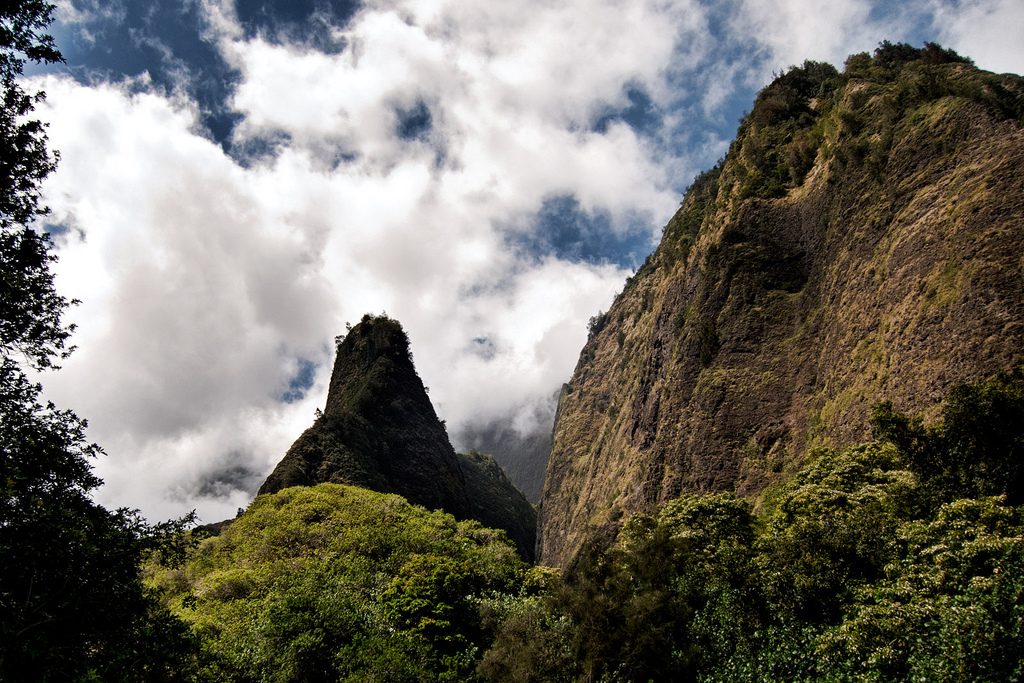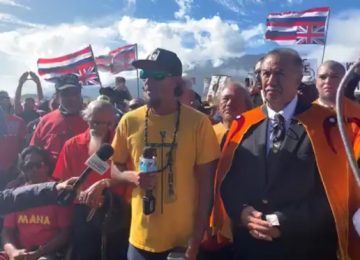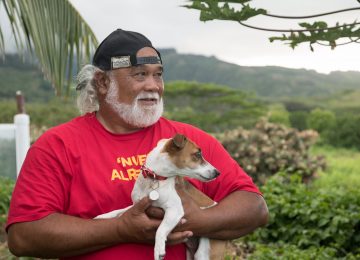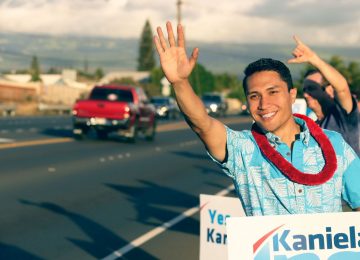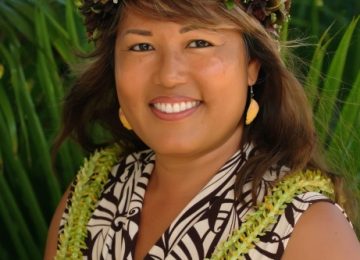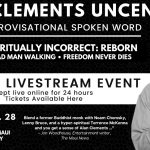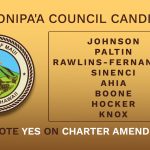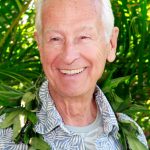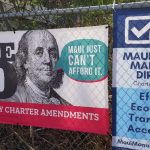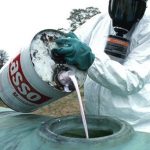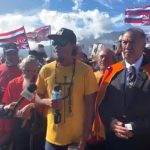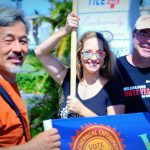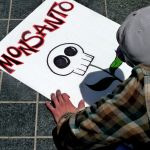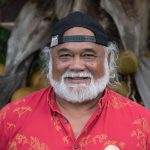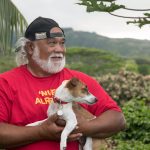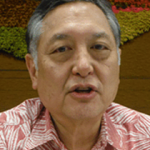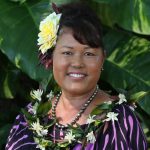Maui’s Mayor Alan Arakawa is in hot water after announcing that “there’s no such thing as sacred rocks.” He was referencing concerns about the destruction of rocks considered sacred in Iao Valley as part of flood repairs.
“The monarchy, started with Kamehameha, his lineage declared Christianity the religion of Hawaii,” Arakawa said. “In Christianity, if I remember the 10 Commandments correctly, thou shall have no false God before me. There are no sacred rocks in that religion.”
The comment sparked protests on social media. “Rocks represent our spiritual belief in a spiritual world of our ancestors, just as a grave marker is to a family member honoring their own, is that too much to ask our Mayor of Maui, an apology should be in order,” a local commented.
Arakawa’s seems to have forgotten what he wrote in a column in The Maui News in November. “I realize stones are very important — sacred even — in Hawaiian culture, but the county cannot help the people of Iao without moving the stones to another location.”
Maui cultural leaders had previously reported they were shocked to see county contractors truck tons of sacred rocks out of Iao Valley recently, as part of the repairs.
“Truck loads of pohaku (rocks) being removed from Iao and being taken to off-site,” said Kumu Hula Napua Greig Nakasone. “That river holds great, great mana. Many of our fallen warriors are there. So to us, truckloads of pohaku being hauled out without any explanation or communication, all these red flags went off,” she said.
Office of Hawaiian Affairs CEO Kamanaopono Crabbe expressed his concerns over the situation in a November letter to the county. “Native Hawaiian beneficiaries and cultural practitioners expressed their objection to the crushing and destruction of pohaku during this process due to the sacredness of ‘Iao Valley,” he wrote.
As for Arakawa’s quote about the monarchy and religion, it was not until 1824, that Queen Kaʻahumanu embraced the Protestant form of Christianity, while signing legislation that forbade Catholic teachings and threatened to deport whoever broke the law.
State Representative Kaniela Ing reported: “I don’t usually comment on statements made by other elected officials because I feel like it can inflame the combative nature of politics and rarely lead to resolve. But in this particular case, I could not stand by while Maui County’s highest ranking official, Mayor Arakawa, denigrated our host culture and defied our constitutionally-protected, individual right–a tenant of our democracy–religious freedom.”
“To see Mayor Arakawa take this colonized, theocratic approach saying that one religion is the only acceptable one and we’re going to make decisions in government based on one religion is harmful not just to Hawaiians, but to anyone who believes in democracy.
“For Kepaniwai in particular, the stones are sacred religiously to some Hawaiians, but they are also sacred historically to all Hawaiians. The battle at Kepaniwai was one of the most gruesome, most significant, profound battles in Hawaiian history, where so much of my ancestors’ blood was spilled in the river…on those very rocks years ago. The bodies actually dammed the river.
“You would never see a government desecrating Gettysburg or Arlington. So, why is it okay in a marginalized, indigenous area of historical significance? The answer is it’s not.”
Maui’s Mayor finally apologized on March 3 in The Maui News. “I lashed out with my ‘no sacred rocks’ interview on live television,” he said. “Unfortunately, I offended true practitioners of the Hawaiian culture and I would like to sincerely apologize to those people.”
Arakawa had a conference call with the Office of Hawaiian Affairs over his “sacred rocks” comments. OHA said it communicated to the mayor that his comments raised serious concerns with the Native Hawaiian community.
Iao Valley has great significance. The remains of high chiefs were hidden in secret places in the valley. Kapawa, the king of Hawaii prior to Pili, was buried here. Maui’s ruler Kakaʻe, in the late 15th century, designated Iao Valley as an aliʻi burial ground. The Battle of Kepaniwai (“the damning of the waters”) was fought there in 1790 between Hawaii Island and Maui. It was said that the river “ran red with the blood of the dead.”



